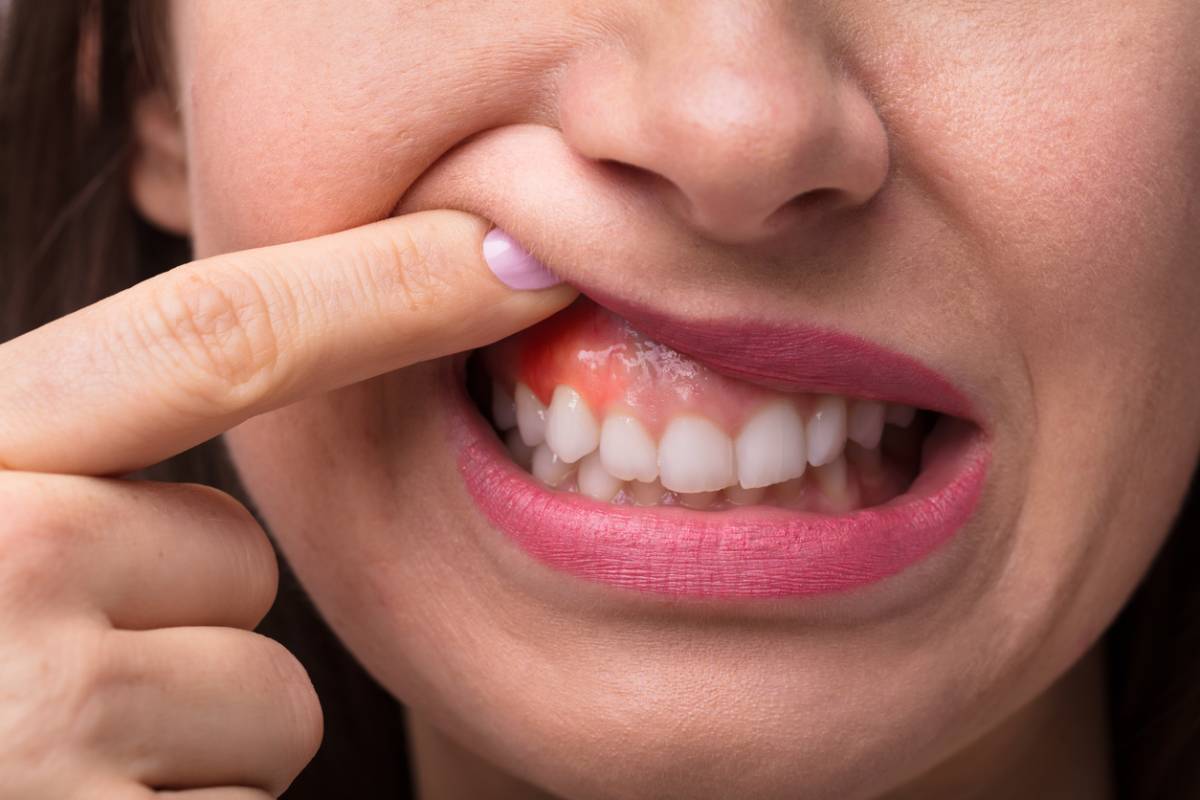According to the statistics, more than 40 percent of adults in the United States have some form of periodontal disease. But what are the signs of periodontal disease? Keep reading to learn the most common gum disease symptoms and periodontal disease treatment options.
What Are the Signs of Periodontal Disease?
Periodontal disease is more commonly known as gum disease. It is a chronic infectious condition of the gum tissue that can lead to receding gums, tooth loss, abscesses, and even jaw bone deterioration in advanced stages. On top of that, chronic infection in the mouth can negatively affect the health of other organs in the body. Periodontal disease is closely associated with such issues as respiratory problems, diabetes, and cardiovascular disease.
Also, mouth infections can lead to gastrointestinal issues and, as a result, skin health concerns.
Your dentist is the best person to determine if you have periodontal disease. Regular dental visits will help spot the condition in its early stages and establish treatment before serious consequences occur. To help you get started, though, we list several of the most common signs that can signify the presence of gum disease:
- Your gum line is further than it used to be, exposing the roots of your teeth.
- Your gums are red, swollen, and tender to touch.
- Your gums are darker than they used to be
- You experience frequent gum bleeding, especially when flossing or brushing your teeth.
- You have pimples or cysts in the gums.
- You have persistent bad breath or an unpleasant taste in the mouth that does not go away after brushing.
- Your teeth feel loose or unstable.
- You notice spaces between the teeth that were not previously there.
- Pus or discharge oozes from the spaces where your gums connect to the teeth.
- You experience pain when chewing or touching your teeth.
- You notice changes in the way your teeth fit together when you close your mouth.
- You experience general health issues (for example, lung, heart, or gastrointestinal issues), especially if combined with any of the other symptoms from this list.
The symptoms listed above can vary in intensity depending on the stage of the disease. Also, some people might have only one of these symptoms, while others can have several. If you notice one or several of these signs of periodontal disease, make an appointment with your dentist in a timely manner. The sooner you start periodontal disease treatment, the better your chances of keeping it at bay and preserving your oral health.
Periodontal Disease Treatment Options
Periodontal disease treatment options can be divided into non-surgical and surgical. Let us look at the most common of them in more detail.
Non-surgical Gum Disease Treatment Methods
- One of the most critical steps in gum disease treatment that you can take by yourself today is to improve your oral hygiene. We recommend brushing your teeth twice a day for two full minutes with fluoride toothpaste and flossing every evening. Also, adding a water flosser as the first step in your routine is proven to improve gum health. However, a water flosser should be used only in addition to traditional brushing and flossing, but not instead of them. Remember that personal oral hygiene efforts should always be combined with professional treatment when dealing with gum disease.
- Scaling and Root Planing are aimed at removing plaque and tartar buildup from underneath the gum line, thus removing the cause of infection and prompting faster gum regeneration.
- Routine dental cleanings are essential for preventing tartar formation on teeth and gums. Often, patients with advanced gum disease are recommended to have cleanings as often as every 3 or 4 months.
- Antimicrobial and antibacterial therapy (mouth rinses or oral medication) is often prescribed in addition to other methods to help the body fight off the infection.
- Laser therapy is used to remove the infected tissue and promote gum regeneration.
Surgical Gum Disease Treatment Methods
- Pocket reduction surgery is used to minimize the spaces between the teeth and the gum tissue, thus preventing tartar and bacteria from accumulating there.
- Gum grafting is used to promote gum regeneration and cover teeth roots that become exposed due to periodontal disease.
- The Pinhole Surgical technique can be effectively used to achieve immediate cosmetic benefits. The procedure is aimed at repositioning the gum tissue. However, it is often used in combination with other treatment methods.
Treat Periodontal Disease as Dental Care of Chino Hills
Get effective periodontal disease treatment at Dental Care of Chino Hills. Start the process today by making an appointment with an experienced dentist at our office. We use state-of-the-art gum disease diagnostic and treatment methods, and we will help you improve and preserve your oral health.

